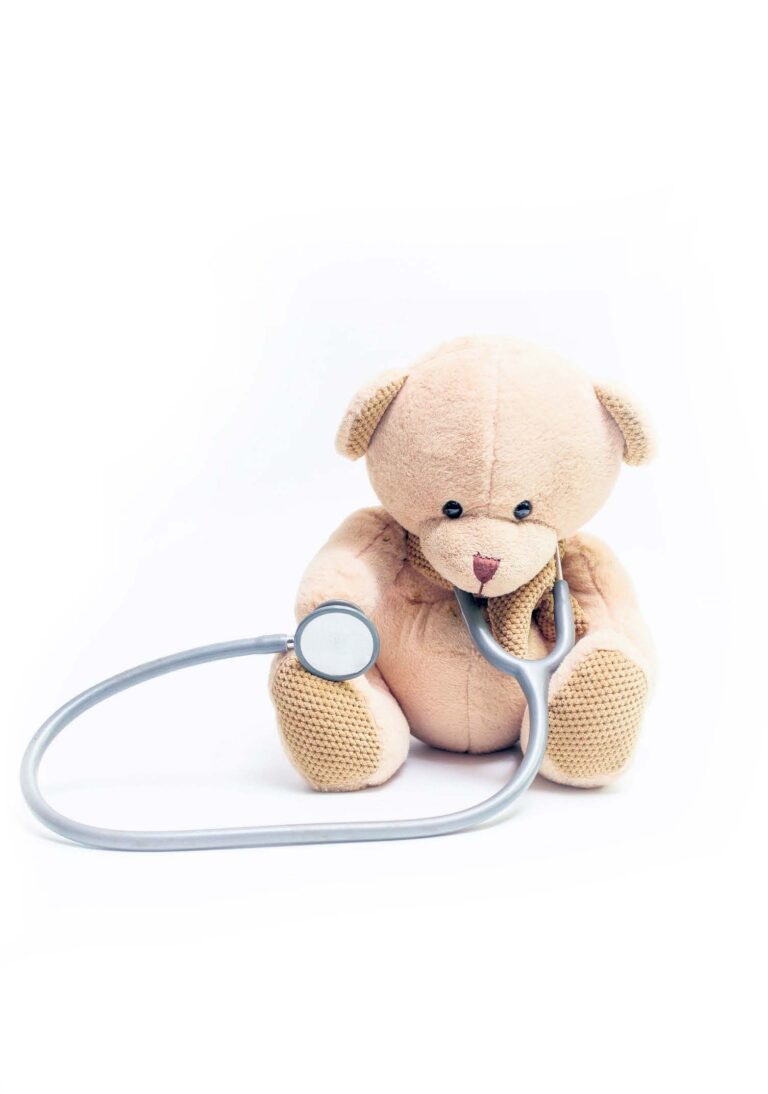FROM LACK OF TREATMENT OPTIONS TO ENVIRONMENTAL EXPOSURES, WE HAVE TO DO MORE TO FIGHT
KRYSTAL MCKENZIE
Name the number one cause of death by disease in America. Obesity? Diabetes? No – Cancer.
In the United States, nearly 16,000 children and adolescents (aged 0-19) are diagnosed with cancer each year. According to cancer. gov, in 2021, it is estimated that 15,590 children and adolescents ages 0 to 19 will be diagnosed with cancer and 1,780 will die of the disease in the United States.
Globally, a family gets the news that their child has cancer every three minutes with over 300,000 children diagnosed with cancer every year. Grim numbers, indeed.
In children and adolescents in the US, the most common cancers are leukaemia, brain and central nervous system tumours, and lymphomas. Among children (age 0-14 years), also included are neuroblastoma, kidney tumours, and malignant bone tumours.
While the causes of most childhood cancers are not known, up to 10 percent of all cancers in children are caused by a mutation that can be passed from parents to their children. Environmental causes of childhood cancer have been difficult to identify partly because childhood cancers are rarer, and partly due to how challenging it is to determine what children may have been exposed to early in their development. Because of this, most childhood cancers are not currently thought of as being caused by environmental exposures.
Despite not being able to draw firm conclusions, there are some environmental factors that have possible associations with childhood cancer. These include tobacco smoke, certain pesticides used around the home or in places of employment, solvents that are found in some household products, and outdoor air pollution. Another suggested possible association is the maternal consumption of cured meats.
Cancer.gov cites that researchers have identified factors that may be associated with reduced risk of childhood cancer. Maternal consumption of folate, for example, has been associated with reduced risks of brain tumours and leukaemia in children. Being breastfed and having been exposed to routine childhood infections are both associated with a lowered risk of developing childhood leukaemia.
To sum it all up, we have a lot to fight against as humans. The best defence is to keep our bodies, our children’s bodies, and our environment as clean and healthy as possible to reduce the risk of this and other terrible diseases. In the meantime, support the children and families who have this life-threatening disease and do what you can to make a difference.

